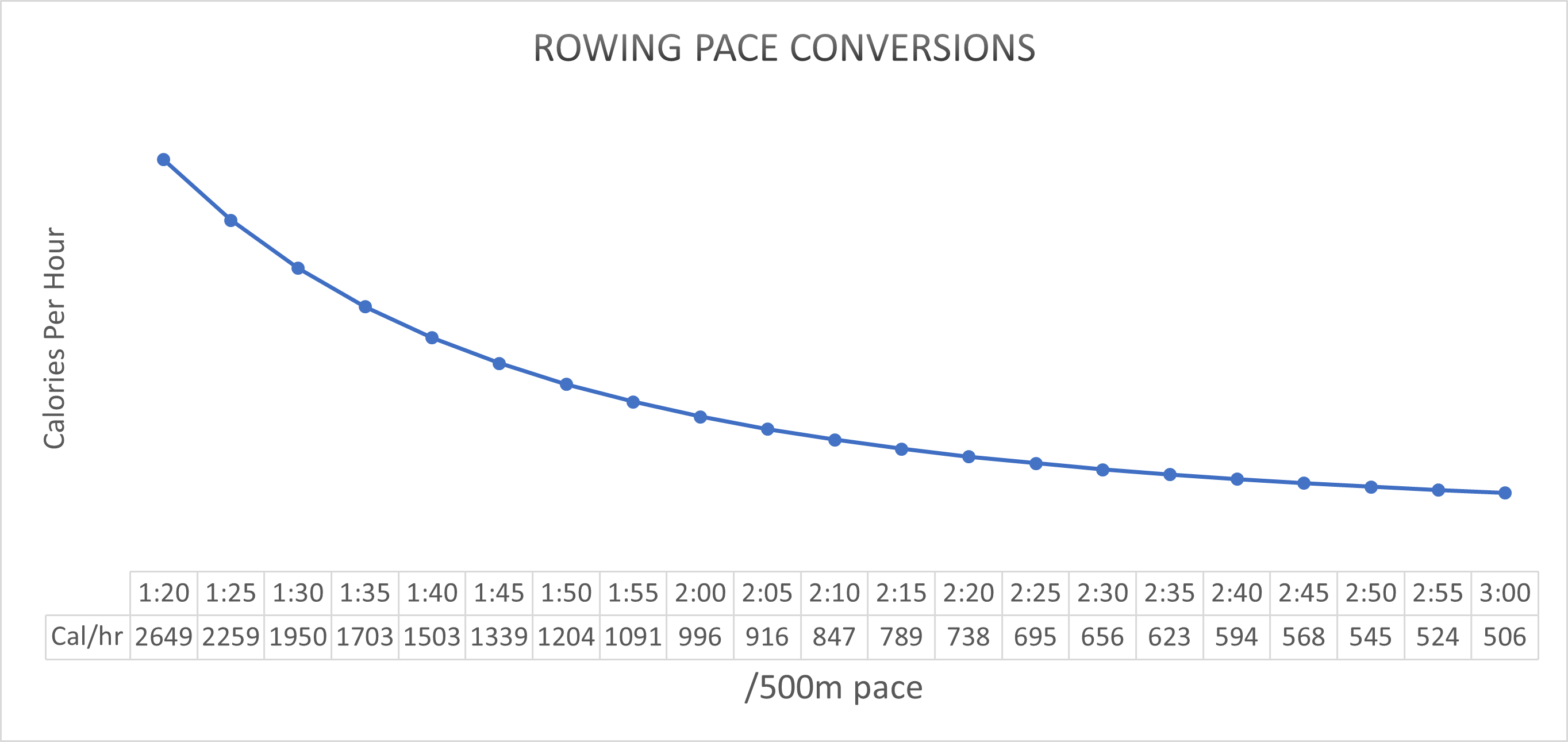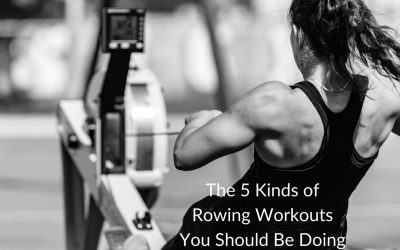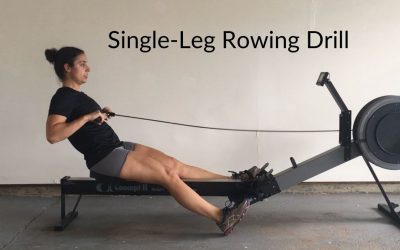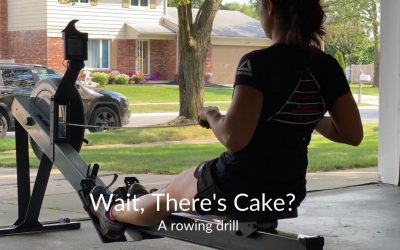How to Improve Your Rowing for WODs
Workouts can take all shapes and sizes. You can go years without repeating a workout that doesn’t have its own name. Sometimes there’s rowing, sometimes there’s not.
Most athletes want to get through the rowing portion to get on with the other part of the workout. However, I have found that WODs (“workout of the day”) can be “won” and “lost” on the rowing. Most day-to-day athletes don’t compete for wins and losses, but if you work to improve your efficiency on the rower then everything else in the WOD will start to become easier.
With workouts varying so much, it’s hard to outline a specific plan to approach every single workout that uses rowing. I’ve come up with a couple of points that, over time, will help you learn how YOU can best approach each WOD that has rowing.
KNOW WHAT YOU PULL
This may seem simple, but I’ve found most people don’t actually keep track of what they can pull. Whether your split is in cal/hr or /500m pace, start paying attention to what you can hold for different distances.
Workouts with 500m pieces compared to 1000m pieces will have your split vary. Workouts that only have a rowing buy-in instead of incorporating it into each round will be different. The other exercises in the WOD will also vary what you will pull, depending on your individual strengths and weaknesses.
Start with keeping track of what you’re pulling each time you get on the rower. Can you hold the same pace throughout? Do you start fast and then try to hang on?
Answering these questions will help you get an idea of what you can pull for different kinds of workouts.
If you pay attention to both cal/hr and /500m split time, here is a graph showing the relationship between the two and converting from one to the other. I used a calculator located here to make the graph below.
Once you start paying attention to what you’re pulling, you can start looking at your average split.

USE AVERAGE SPLIT
Average split is a great tool to use to help you get faster at your rowing and make it a little more enjoyable.
To explain how I’ll give an example.
Let’s say that you have this workout to do: 4 rounds for time of 500m row and 20 thrusters. The first 500m row feels great! You pulled super fast. By the 4th 500m row, your /500m split has gone up from a 2:00 to a 2:20 /500m pace.
Looking at the average of the four 500m pieces, it’s a 2:08 /500m pace.
By knowing your average, next time you have a workout similar to this you can pull closer to a 2:08 /500m pace to start, and to work to hold the same pace throughout.
It will feel like you need to hold yourself back the first piece or two but will give you the energy to finish the third and fourth piece feeling strong.
Using this method will help you pace yourself better for the other exercises. You’ll be able to hop off the rowing machine and get to the thrusters easier.
Keep in mind the split you hold will be different for different kinds of workouts like AMRAPS, for time, etc. You can still use average split even if you only do one rowing piece for a workout (as a buy-in, or a chipper).
Instead of using the average split over multiple pieces, you can use the average split for that single piece. The goal would then be to find a pace you can start at and hold for the whole duration.
Overall, the goal is to be more consistent. Whether that’s over multiple pieces or over a single rowing piece.
BE CONSISTENT
Consistency is key to getting better at your rowing WODs. This all starts with knowing what you pull and using your average split to determine how hard to pull at the beginning of the workout.
Being able to pace yourself is important. It will prevent you from going out too fast and then struggling at the end of the workout.
Once you can be consistent, then you can work on being consistently faster.
Going back to my workout example, if you find that holding a 2:08 /500m pace throughout that workout didn’t feel too bad, then next time you can start a little bit faster and try to get a faster average.
You can continue to do this same process for different types of workouts. And if there are some workouts you repeat often, you can really nail down your rowing strategy by knowing your average split and working to be consistent.
This consistency will not only help your rowing but will help your overall fitness as well. When you work to be consistently faster, you are increasing your fitness!
Soon you’ll be holding splits you didn’t think you could for that length of time. And that’s super exciting!
So, if you want to get better at WODs that have rowing, start knowing what you pull so you can know your average split. Then, work to be consistent so you can get consistently faster.
The 5 Kinds of Rowing Workouts You Should Be Doing
It’s easy to get sick of the same old, same old workouts week after week. Looking to mix it up? Here are the 5 different kinds of rowing workouts you should be doing. ROUNDS FOR TIME This is an easy format to start mixing in other movements. These can be bodyweight...
Single-Leg Rowing Drill
This drill for indoor rowing is just as the name implies. You take one foot out of the foot stretchers and only row with one leg. The leg that isn’t rowing hangs out on the side while you row. I don’t recommend trying this one in a boat at all. There’s really no...
Wait, There’s Cake?
I’m pretty sure I’ve said this at some point in my rowing career. Unfortunately, the response from my coach was “nope! Just cut the cake drill”. I’m not sure anyone knows why this drill is named that. I mean, it always makes me hungry! Joking aside, the cut the cake...



